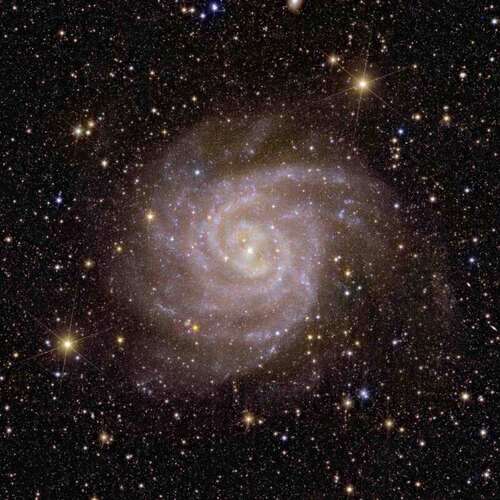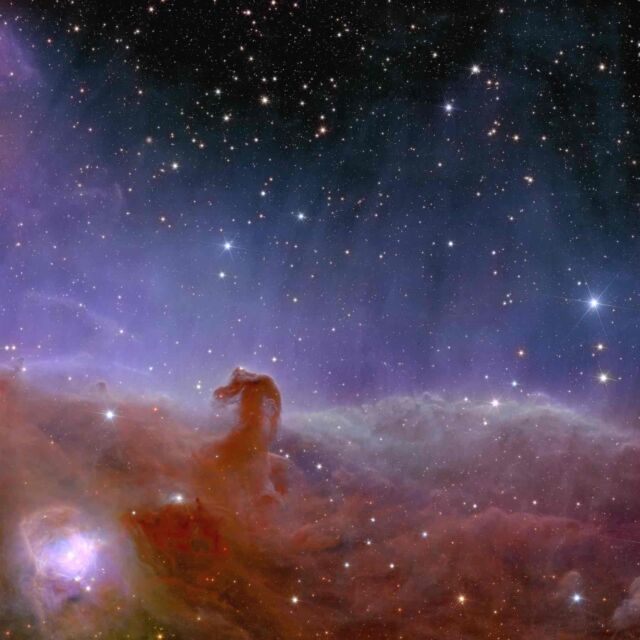
The European Space Agency released the first five science images from the Euclid space telescope Tuesday, showing how the wide-angle observatory will survey familiar cosmic wonders like galaxies and stars to study the unseen dark energy and dark matter that dominate the Universe.
Stationed nearly a million miles (1.5 million kilometers) from Earth, Euclid will scan one-third of the sky over the next six years, collecting an estimated 1 million images of billions of galaxies. Scientists have developed sophisticated algorithms to analyze the data coming down from Euclid to measure the distances and shapes of each of these galaxies.
From that, scientists can infer how the influence of dark matter pulls on the galaxies, forming clusters and causing them to spin faster. Dark energy is the mysterious force that is driving the accelerated expansion of the Universe.
It’s a novel way of studying something that defies detection with telescopes. If the mission is successful, Euclid won’t become famous for producing pretty pictures like the larger Hubble or Webb telescopes, but it could rewrite astronomy textbooks if it makes fundamental discoveries about the makeup of the Universe.
Still, the pictures are breathtaking.
“What these images tell us is that the instruments of Euclid are working fantastically, that we are getting ready to start with the ultimate goal of Euclid,” said Guadalupe Cañas Herrera, a space science research fellow at ESA.
Using light to see the dark
Euclid’s 3.9-foot (1.2-meter) telescope is half the size of Hubble’s primary mirror and five times smaller than that of Webb. The secret sauce of the $1.5 billion Euclid mission is its ability to view the Universe with a wide field of view. For example, one of Euclid’s first science images shows the Horsehead Nebula, a star-forming region in the constellation Orion about 1,375 light-years from Earth. Many telescopes have observed this nebula before, but Euclid captured a wide, but still sharp, view of the Horsehead Nebula in about one hour.
“We could make this up with other images from other telescopes, but it would take us an awfully long time to take an awful lot of observations and stitch them all together,” said Carole Mundell, ESA’s director of science.

Scientists say it would take Hubble hundreds of years to complete the same extra-galactic survey as the one planned for Euclid, which will cover in a week the same area of sky that Hubble has observed in its 33-year mission. The objective is for Euclid to gather enough data for a statistical survey of galaxies to improve astronomers’ understanding of dark energy and dark matter, which are thought to make up about 95 percent of the Universe. The rest of the cosmos is made of regular atoms and molecules that we can see and touch.
“If you want to observe the Universe in a cosmological way, you don’t want to be restricted to particular areas,” Giuseppe Racca, ESA’s Euclid project manager, said before Euclid’s launch. “You really want to observe a lot.”

